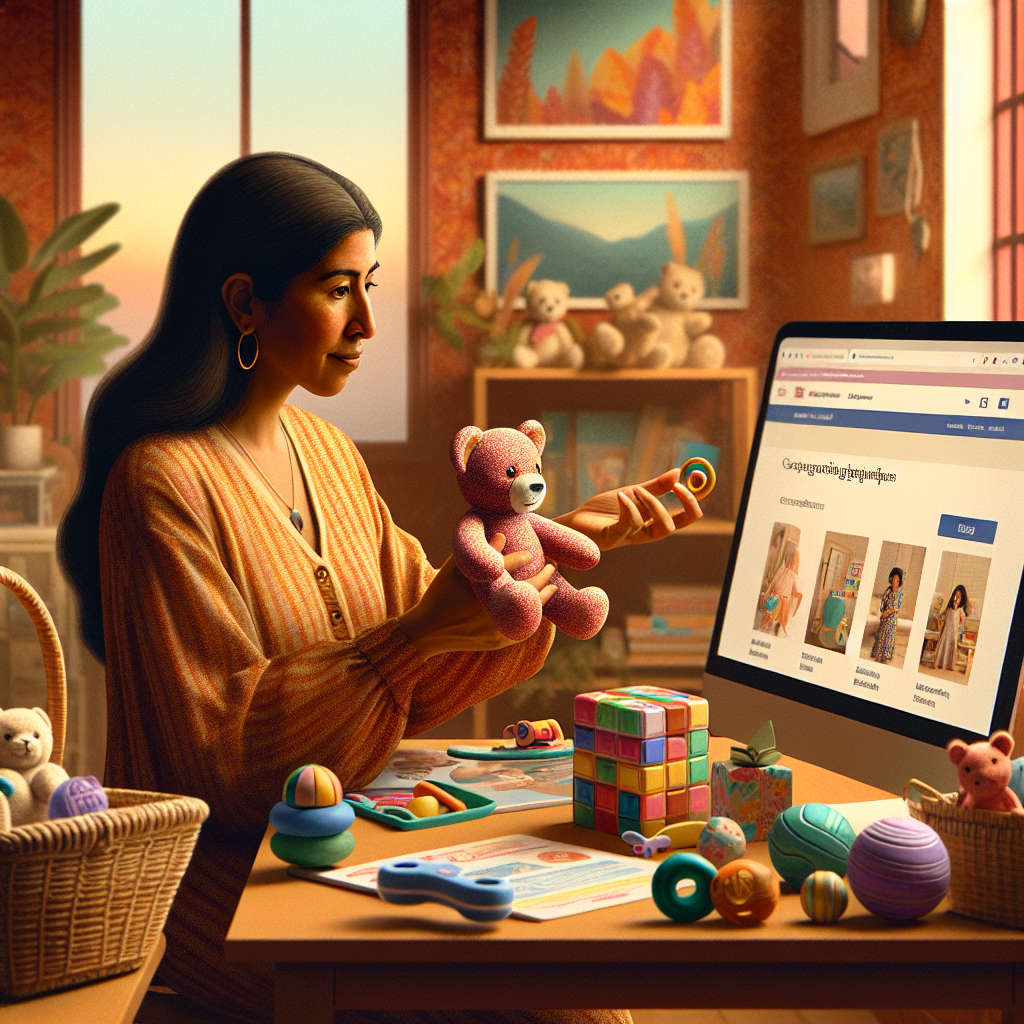Contest: My Child's First Toy
Introduction
Choosing the first toy for your child is a really important decision. That's because the first interactive game will not only keep the little one company, but also help them develop essential skills as they grow. In this article, we'll explore the key stages of baby development and the best types of toys for each stage. We'll make sure to address every parent's questions and concerns to ensure your little one gets the perfect start in life.
Choosing Your First Toy: Why Is It Important?
A child's first toy is more than just a plaything. It is a tool that encourages sensory development, hand-eye coordination and fine motor skills. For example, a colorful and textured toy can stimulate sight and touch, while one with sounds can develop hearing. Never underestimate the impact that first toy can have on your child's healthy growth.
Stage 0-6 Months: Discovering Lights and Sounds
In the first half year of life, babies begin to discover the world through their senses. Friendly toys with strong color contrast and noise-making toys – such as bells or squeaky toys – are great for attracting babies' attention and keeping them interested.
Stage 6-12 Months: Exploration and Interaction
As the child grows, he or she will begin to interact more with the toys. Toys that can be pushed, pulled, or have buttons can be a great choice. For example, cubes or marbles are perfect for learning cause and effect – like dropping a cube and watching it topple over.
Stage 1-2 Years: Developing Imagination and Fine Motor Skills
At this age, children begin to use toys in more complex ways. Dolls, cars and toy trains begin to have roles in their imaginative play. Also, toys that encourage sorting – such as shape boxes – help develop logical thinking and shape and color recognition.
Stage 2-3 Years: Simulative Game and Language Deepening
By age 3, children will begin to imitate actions and roles they see around them. Pretend play, such as miniature kitchen or doctor sets, becomes essential to stimulate imagination and social skills. Also, toys that require the naming of objects or actions contribute to language and vocabulary development.
Stage 3-4 Years: Encouraging Active Play and Social Development
As preschool age approaches, toys that require movement and physical activity become increasingly important. Tricycles, balls and climbing toys are perfect for developing gross motor skills. Additionally, games and toys that require collaboration or team play help children learn about cooperation and turn-taking.
Stage 4-5 Years: Development of Advanced Cognitive Skills
At this age, children are ready to explore and learn at a more advanced level. Building games, intricate puzzles and educational toys featuring numbers and letters help develop cognitive, math and writing/reading skills. Toys that involve following directions, such as science or craft kits, encourage problem-solving skills.
How to Choose the Perfect Toy?
To choose the perfect toy, consider your child's developmental stage and unique interests. Also, make sure the toy is safe, durable and age-appropriate. Always check that there are small parts that can be swallowed and that the material the toy is made of is not toxic.
Conclusion
Choosing your child's first toy is a key moment in the parenting journey and has significant implications for their development. The more you are aware of the child's developmental stages and the type of play that encourages growth, the more likely you are to choose the toy that will contribute to the overall harmonious development of the little one. Remember, play is the purest form of learning at this age. Keep your child engaged, happy and learning with the right toys!














































































































































